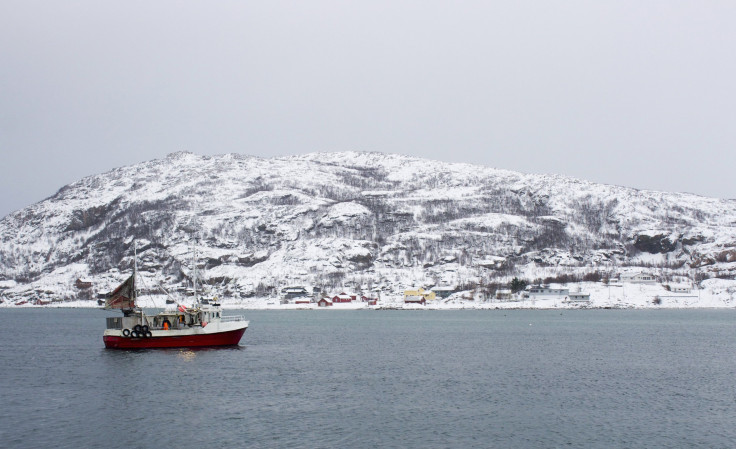Norway To Open Virgin Arctic Waters To Offshore Oil And Gas Exploration

Norway’s government has opened an entirely new slice of Arctic waters to oil and gas development. Officials on Wednesday awarded the first new oil and gas acreage licenses in more than two decades, a move designed to trigger long-term drilling activity as low oil prices force producers to slash exploration spending.
“Today we are opening a new chapter in the history of the Norwegian petroleum industry,” Tord Lien, Norway’s minister of petroleum and energy, said in a statement.
Norway, the region's biggest oil producer, said it has offered 10 drilling licenses to 13 companies, including Norway’s Statoil SA and U.S. giants ConocoPhillips and Chevron Corp. The new licenses include three sections of the southeast portion of the Arctic Barents Sea, an area previously disputed with Russia. Those sections hold the first virgin acreage to be opened to oil exploration in Norway since 1994.
“The Barents Sea offers great new opportunities,” Lien said. “The industry’s interest in new acreage shows that the Norwegian continental shelf remains attractive. The potential is huge.”
Norwegian officials said they hope new activity in the Arctic waters and other areas will ensure stable offshore drilling activity as weaker oil prices drive companies to slash billions of dollars in investments. The expanded exploration could also help offset some of the falling production from aging fields in the North Sea.
Norway’s oil output has halved since 2000, resulting in lower government revenue. The country’s oil-related workforce shrank by 11 percent — or 25,000 jobs — between 2013 and 2015 as a result of the global oil market’s downturn, according to Statistics Norway.
Environmental groups and opposition parties in Norway have fiercely opposed expanding drilling in the Arctic waters, citing the threat of potential oil spills to Arctic wildlife and concerns about rising greenhouse gas emissions from burning greater volumes of oil and gas. In the U.S., efforts to drill in the Alaskan Arctic have prompted similar environmental and climate concerns.
“We cannot risk a Deepwater Horizon in the Barents Sea,” Truls Gulowsen, head of Greenpeace Norway, told Bloomberg, referencing the 2010 BP oil spill disaster in the Gulf of Mexico. He added that Norway was among the nearly 200 nations that agreed in Paris last year to limit the global temperature rise to below 1.5 degrees Celsius (2.7 degrees Fahrenheit) above pre-industrial-age levels. “In such a scenario there is no room for Arctic oil exploration,” he added.
© Copyright IBTimes 2025. All rights reserved.





















